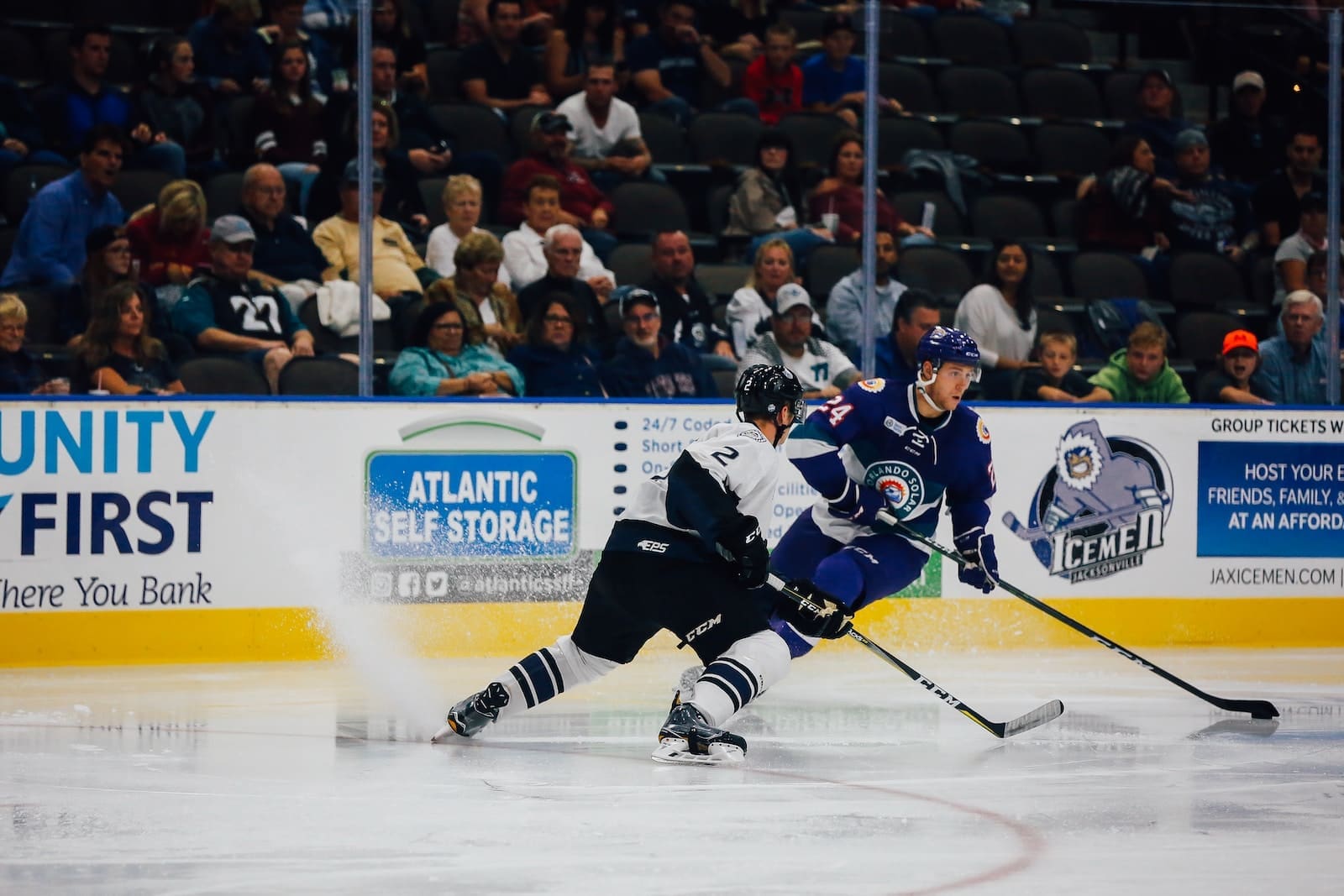The ACL Reconstruction is a commonly performed surgical procedure, and with recent advances in arthroscopic surgery, it can now be performed with minimal incisions and has low rates of complications. Dr Kulisiewicz is highly skilled at ACL reconstruction, as well as multi-ligament reconstruction of the severely injured knee.
Dr Kulisiewicz mostly uses a hamstring autograft to reconstruct his patients ruptured ACL. However, depending on a patients preference, donated tendons, otherwise known as allograft tendons– chemically sterilised, can also be used. An allograft tendon avoids donor site morbidity, and therefore avoids the potential hamstring pain and tightness that might otherwise follow.
Dr Kulisiewicz also performs revision ACL reconstructions for those patients who experience a re-rupture of their ACL graft.
Introduction
The Anterior Cruciate Ligament (ACL) is one of the most important stabilising ligaments in the knee.
A strong rope-like structure situated in the centre of the knee, it courses from the femur to the tibia, and serves to maintain support of the knee joint. It is the crucial stabiliser in movements involving twisting, changing of direction during sports, as well as general activities of daily living.
Once torn, the ACL retracts and has very little capacity to spontaneously heal. While straight line activities may be possible without a functional ACL, sports that involve twisting can make the knee unstable and lead to a sensation of the knee ‘giving way’.
Often there is a popping sound when the ligament ruptures, and recurrent episodes of this will eventually lead to cartilage damage, with early arthritis developing around the area.
Diagnosis & Treatment
While a plain x-ray of the knee after an injury can help rule out a fracture, an MRI scan will be necessary to confirm the tear of the ACL, to rule out other concurrent injuries including articular cartilage (lining the joint), damage to other ligaments in the knee, and/or a meniscal injury.
These concurrent injuries may need to be addressed at the time of surgery.
Initial treatment involves rest, elevation, ice and possibly splinting of the knee. Once the acute pain has settled, return to movement and strength should be commenced. This will also aid in the recovery and rehabilitation phase in the event that an operation is necessary.
Surgical Procedure
Once the ACL is torn, the ends of the ligament retract and, as such, are usually not repairable directly. The most common way to stabilise the knee is therefore with an ACL Reconstruction, which allows a new ligament to be inserted to replace the current, torn one.
Whilst there are many different types of tissue that can be used to make the new ACL, the most common ones are the hamstring tendons from the same knee. Increasingly, however, donated tendons, which are tested and sterilised are being used. This allows the patients to not have to sacrifice their own tendons and also reduces post-operative pain.
- The operation is carried out with the patient anaesthetised under a general anaesthetic.
- The leg is washed with an antiseptic solution and draped.
- Keyhole surgery is performed on the knee to access the cartilage and confirm the state of the torn ACL. Any cartilage damage is found, it is repaired, and the knee is prepared to receive the new ligament. This involves drilling bone tunnels in the femur and tibia.
- The new ligament is prepared to be of adequate length and diameter and is then inserted and secured with plastic screws and a staple (when required).
- The stability of the ACL is checked.
- You will be allowed to go home the next day, following confirmation from your physiotherapist that you have been cleared/are safe to mobilise.
Post Operation & Rehabilitation
Regaining movement and strength are critical in returning to sport and activities following an ACL reconstruction.
After the first 2 weeks, patients are allowed to weight bear fully off the crutches and can commence active physiotherapy. If concurrent meniscal repair was performed, patients can expect to be in a range of motion brace for 6 weeks. They will then be allowed to fully weight bear once they are out of the brace.
During the first 6 to 12 weeks, most patients return to comfortable walking and straight-line activities. It is not unusual to still have some muscle wasting, therefore gym work as well as cycling are useful in regaining muscle bulk in the leg.
It is important in ACL reconstructions NOT to return to pivoting sports within the first 6 to 9 months. It takes 6 months for the new tendon graft to incorporate with the knee and regain its intrinsic blood supply and therefore strength. Returning too early can lead to a re-rupture of the new graft.
Caring for your ACL injury longer term will require adequate preparation including stretching and warming up. This can help reduce future injuries.
Potential Complications
These complications may arise during and following surgery, and will be discussed with you when meeting with Dr Kulisiewicz.
- Infection
- a rare complication that requires prompt detection and treatment.
- The major symptoms are fever, and increasing pain, redness and swelling in the surgical site
- Blood clots (deep venous thrombosis- DVT)
- rare, but can be serious.
- calf pain, or unexplained foot swelling may be caused by clots, and these or any other concerns should be reported to Dr Kulisiewicz.
- Re-rupture of the graft
- Dislocation
- Stiffness of the joint
- Numbness
- Inadvertent injury to blood vessels and nerves
- Anaesthetic complications
*Failure of the graft may occur if excessive forces are placed upon it prematurely, in the early post-operative period. Co-operation with all of the instructions given by Dr Kulisiewicz and your physiotherapist, will help minimise the risk of this problem occurring.
Other services
Knee Arthroscopy & Cartilage Repair
There are two types of knee cartilage. The articular cartilage that lines the end of the knee bones, as well as the shock-absorbing cartilage known as the meniscus.
Read more
High Tibial Osteotomy
In younger patients with arthritis in the knee joint, a realignment procedure called the High Tibial Osteotomy (HTO) may be recommended to ease the pain and improve the alignment of the knee.
Read more
Robotic Total Knee Replacement Surgery
Knee replacement surgery involves the removal of arthritic cartilage and bone around the knee and resurfacing it with metallic and plastic components to restore mobility, flexibility, and walking while reducing pain.
Read more

Live a pain free life
Get back to enjoying life to the fullest.

